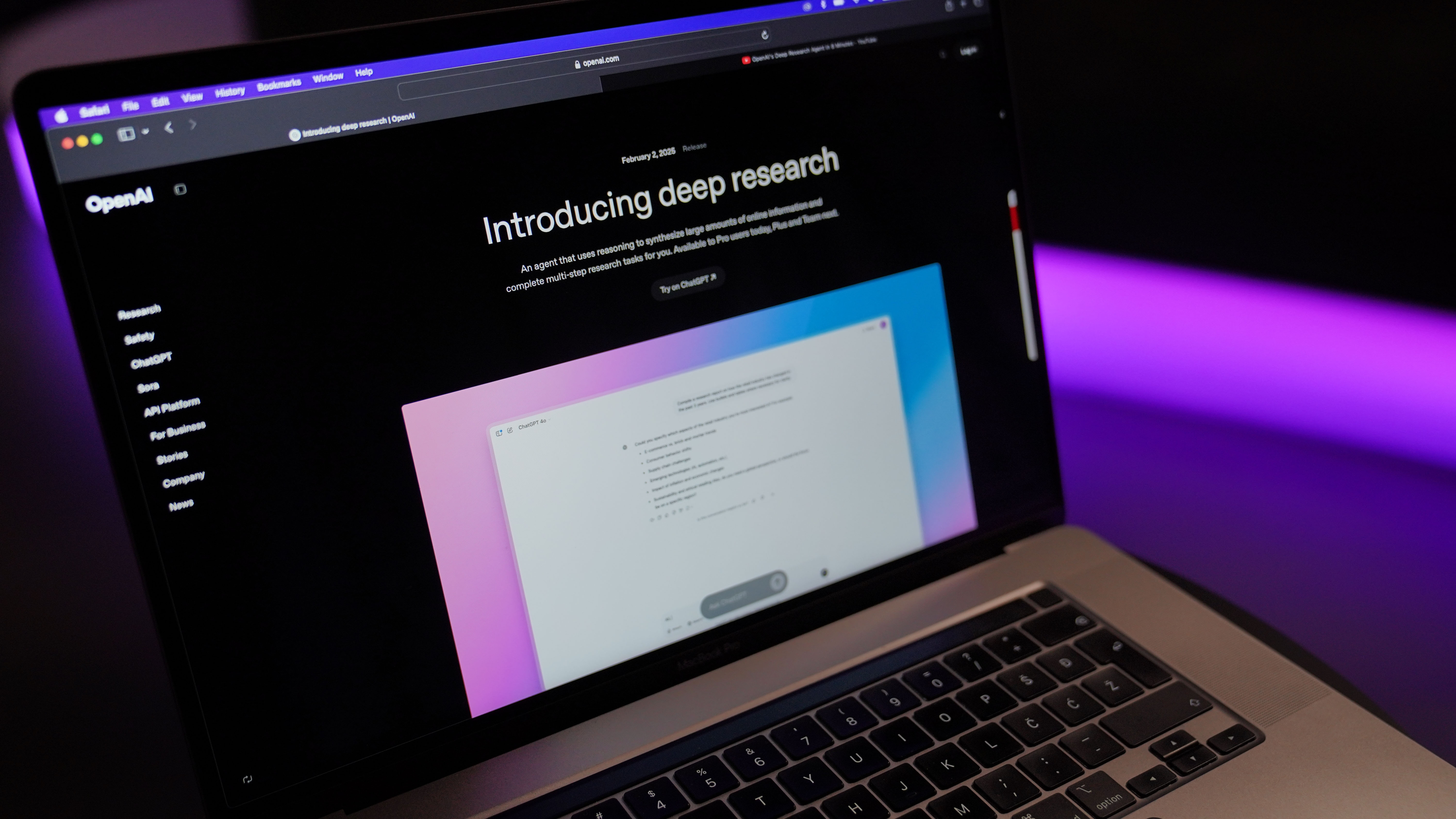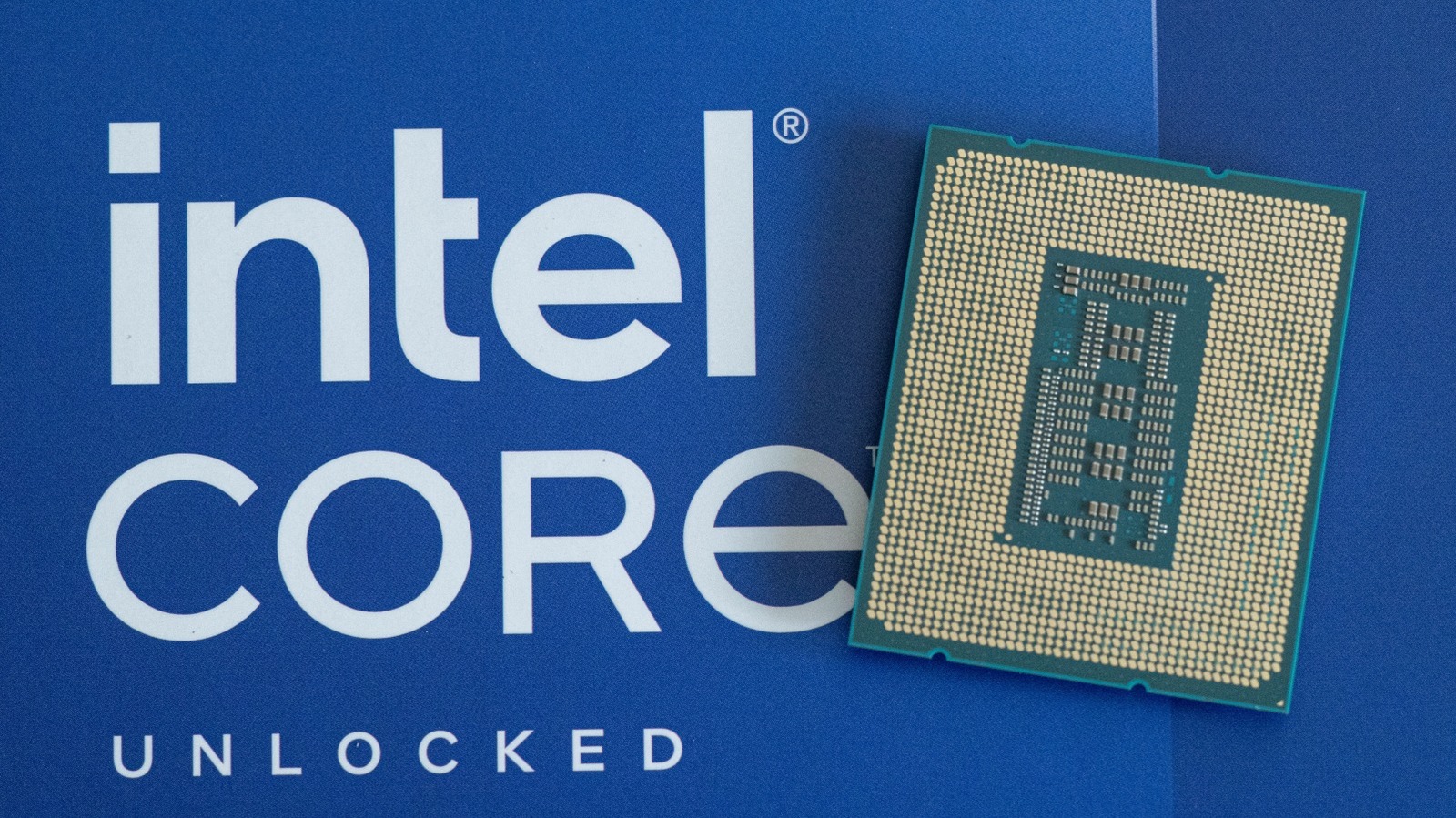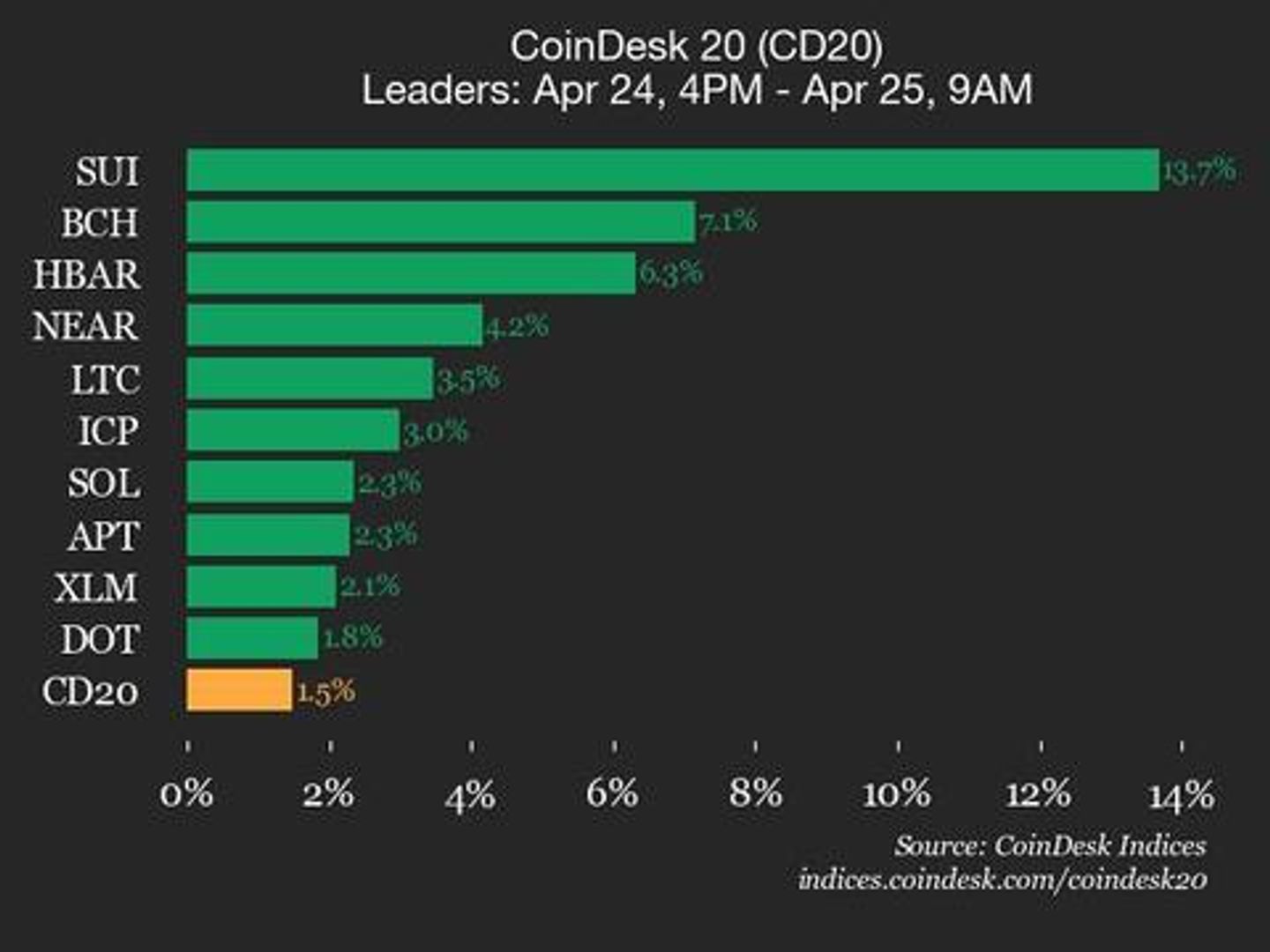SessionShark’ – New Toolkit Attacking Microsoft Office 365 Users’ Bypassing MFA Protections
A sophisticated new phishing toolkit named “SessionShark” has been specifically designed to circumvent Microsoft Office 365’s multi-factor authentication (MFA) protections. SessionShark is being marketed on underground forums as a turnkey phishing-as-a-service (PhaaS) solution. It enables even low-skilled threat actors to hijack Office 365 accounts by stealing session tokens and rendering MFA ineffective. This development signals […] The post SessionShark’ – New Toolkit Attacking Microsoft Office 365 Users’ Bypassing MFA Protections appeared first on Cyber Security News.

A sophisticated new phishing toolkit named “SessionShark” has been specifically designed to circumvent Microsoft Office 365’s multi-factor authentication (MFA) protections.
SessionShark is being marketed on underground forums as a turnkey phishing-as-a-service (PhaaS) solution. It enables even low-skilled threat actors to hijack Office 365 accounts by stealing session tokens and rendering MFA ineffective.
This development signals a concerning escalation in the sophistication and accessibility of phishing toolkits targeting cloud-based business environments.
How SessionShark Bypasses MFA Security
SessionShark captures victims’ session cookies, the digital tokens that verify a user has completed MFA.
Once attackers obtain these tokens, they can hijack the authenticated session without needing the one-time passcode typically required by MFA systems.
SlashNext reports that the toolkit employs highly convincing replicas of Microsoft’s login interfaces that “dynamically adapt to various conditions for increased believability.”
These realistic phishing pages guide unsuspecting users through what appears to be a legitimate authentication process while secretly harvesting their credentials and session data.
Advanced Evasion Capabilities
The toolkit implements specialized “human verification techniques” to filter out automated security scanners and research bots, ensuring the phishing content remains hidden from security systems.
SessionShark’s architecture includes native compatibility with Cloudflare services, which helps mask the actual hosting infrastructure and complicates takedown efforts.
Additionally, the toolkit incorporates custom HTTP headers and evasive scripts specifically engineered to avoid detection by major threat intelligence feeds and anti-phishing systems.
When detecting patterns like those above, SessionShark can dynamically alter its behavior to appear as a legitimate website rather than revealing its phishing components.
The toolkit features a comprehensive logging system with Telegram bot integration that provides attackers with immediate notification when victims submit their credentials.
This real-time alert system includes the victim’s email, password, and crucially, their session cookie, enabling account takeovers within seconds of compromise, far outpacing traditional incident response capabilities.
Despite its clearly malicious purpose, SessionShark’s developers market it with an “educational purposes” disclaimer—a transparent attempt to provide plausible deniability while selling a product explicitly designed for criminal use.
This phishing-as-a-service offering follows the subscription-based model prevalent in legitimate software, including user support through dedicated Telegram channels.
This commercialization of attack tools represents a concerning trend in the cybercrime ecosystem, where sophisticated attack methods are packaged into user-friendly products accessible to less technical threat actors.
For security professionals, SessionShark exemplifies the escalating arms race between security measures and evasion techniques. Organizations relying solely on MFA as their primary defense against account compromise must now implement additional protective layers, including:
- Advanced phishing detection solutions capable of identifying AiTM attacks
- Continuous monitoring for suspicious login patterns and session anomalies
- User education about sophisticated phishing techniques that mimic legitimate authentication flows
- Zero-trust security architectures that validate each resource request independently
As MFA bypass techniques continue to evolve, security strategies must adapt accordingly to address these increasingly sophisticated threats targeting enterprise environments.
Are you from the SOC and DFIR Teams? – Analyse Malware Incidents & get live Access with ANY.RUN -> Start Now for Free.
The post SessionShark’ – New Toolkit Attacking Microsoft Office 365 Users’ Bypassing MFA Protections appeared first on Cyber Security News.





































































































































































![[The AI Show Episode 144]: ChatGPT’s New Memory, Shopify CEO’s Leaked “AI First” Memo, Google Cloud Next Releases, o3 and o4-mini Coming Soon & Llama 4’s Rocky Launch](https://www.marketingaiinstitute.com/hubfs/ep%20144%20cover.png)























































































































































































.jpg?width=1920&height=1920&fit=bounds&quality=70&format=jpg&auto=webp#)























































































_Olekcii_Mach_Alamy.jpg?width=1280&auto=webp&quality=80&disable=upscale#)













































































































![Most iPhones Sold in the U.S. Will Be Made in India by 2026 [Report]](https://www.iclarified.com/images/news/97130/97130/97130-640.jpg)
![Apple to Shift Robotics Unit From AI Division to Hardware Engineering [Report]](https://www.iclarified.com/images/news/97128/97128/97128-640.jpg)

![Apple Shares New Ad for iPhone 16: 'Trust Issues' [Video]](https://www.iclarified.com/images/news/97125/97125/97125-640.jpg)





























































































































